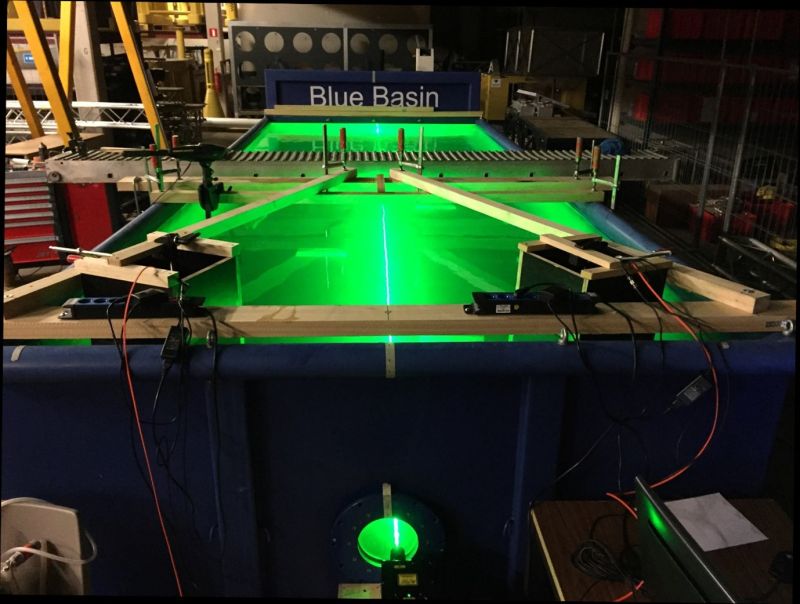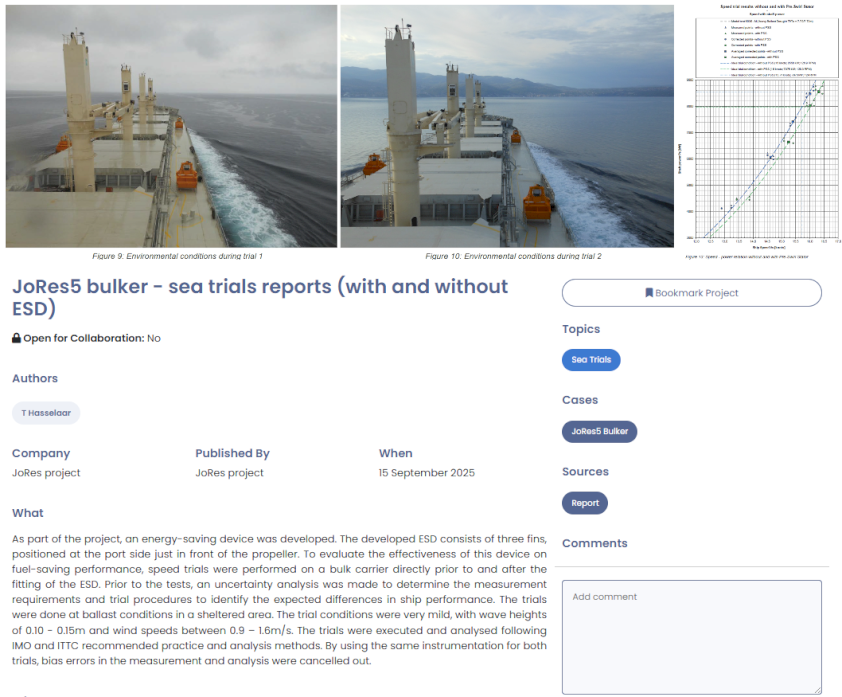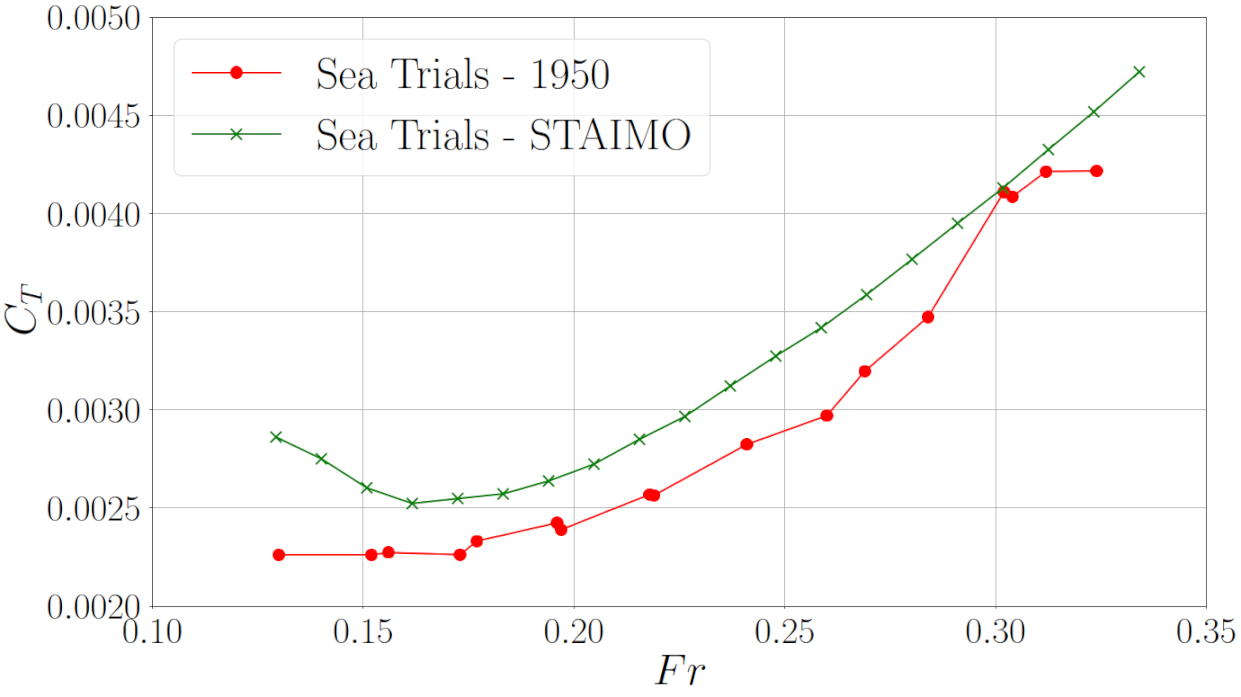Join us and unlock access to personalized features, exclusive content, and more. Fill in the details below to get started.
Episode 5. A journey to PIV flow measurements at ship scale.
The most important limitation that a researcher attempting to apply PIV at full-scale (i.e. at sea) is facing is the inability to control the ‘seeding’ size and concentration. Namely, PIV requires particles – seeding - in the flow which reflect laser light and whose velocity is determined as a proxy for the local flow velocity. In laboratory applications, seeding is added by the experimenter. At sea, one would have to do with whatever is naturally present in the water, which is algae, plankton and inanimate solid particles.
In order to verify if the natural seeding is of the correct size and in sufficient quantity for performing PIV, MARIN performed two studies. In the first, 2D2C (two-dimensional two-component) PIV was done at ~1 m scale in North seawater. The water was either unfiltered or filtered to reduce the number of particles, thereby approaching the transparency of certain shipping routes that are of interest (Atlantic, Mediterranean, Adriatic, etc.). It was particularly important to measure the attenuation of laser light through water, thereby quantifying its transparency. This and other, visual, methods of judging water quality will be later used to decide if a full-scale measurement is likely to succeed in a certain region of the sea and in a certain season (the transparency changes due to biological activity, which is seasonal).
In the second test, MARIN used filtered seawater again, but increased the complexity of the PIV system to 2D3C (stereo-PIV) and increased the scale of the system to ~3 m, thereby reaching the size and type of PIV system that could be applied at full-scale. Since this test was also successful, MARIN was confident that measurements at sea would have a high chance of success, so they proceeded with developing the full-scale device.
To be continued…
 A container of sea water at MARIN
A container of sea water at MARIN


